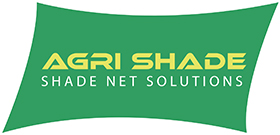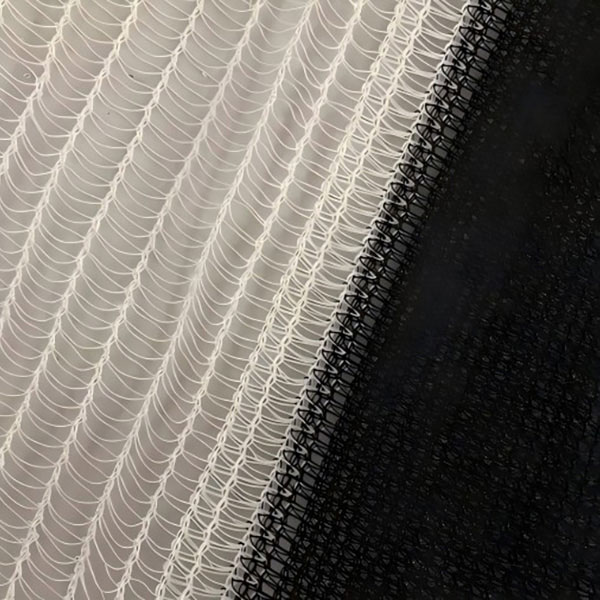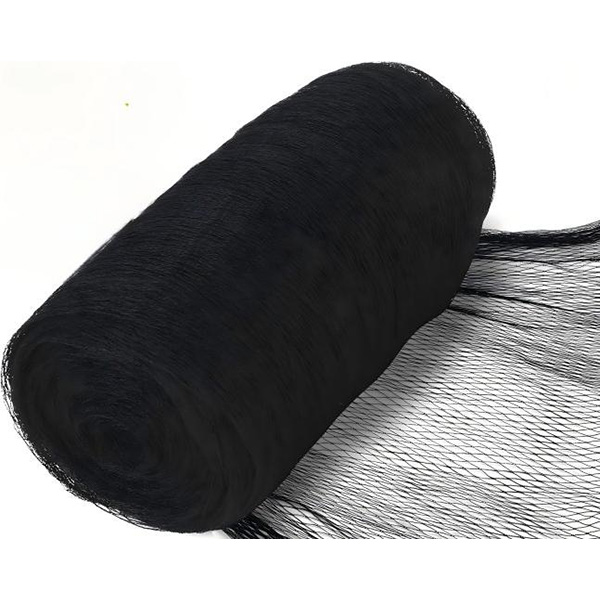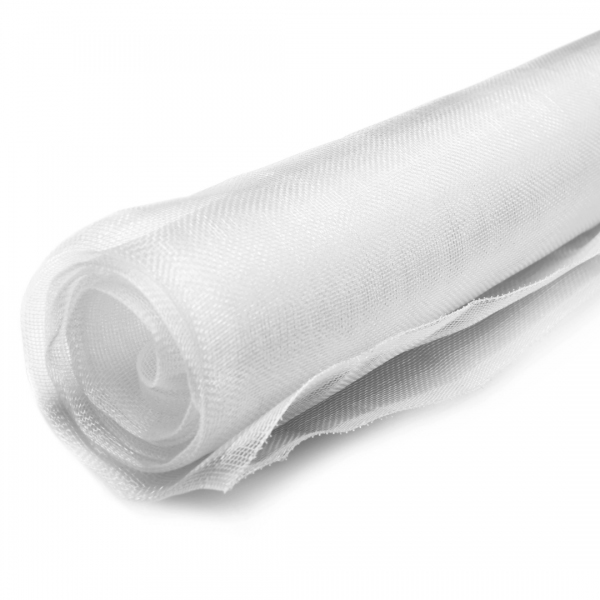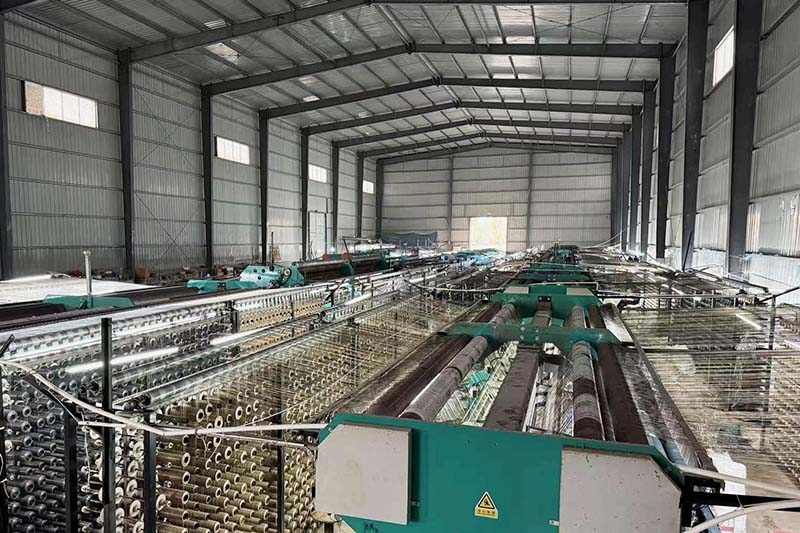Durable Plant Protection Nets From China Manufacturer
Agrisdhade focuses on producing high quality plant protection netting solutions designed to meet modern agricultural demands. Our Anti-hail, anti-bird, anti-insect nets provide reliable protection for plants with customizable options and bulk supply. As a direct manufacturer, Agrisdhade offers consistent quality, competitive pricing, and flexible support for global farming projects.
Features of Plant Protective Netting
- Material Options: UV-stabilized HDPE or reinforced nylon
- Mesh Sizes: Customizable mesh density for different shading and protection needs
- Shade Rates: Available from 30% to 95%
- Color Choices: Green, black, white, blue, or customized colors
- Size Availability: Widths from 1m to 6m; custom lengths available
- Edge Reinforcement: Optional eyelets and reinforced borders for easier installation
- Packaging: Supplied in rolls, bales, or cut-to-size panels
- Compliant Manufacturing: Meets SGS, ISO, and RoHS quality and environmental standards
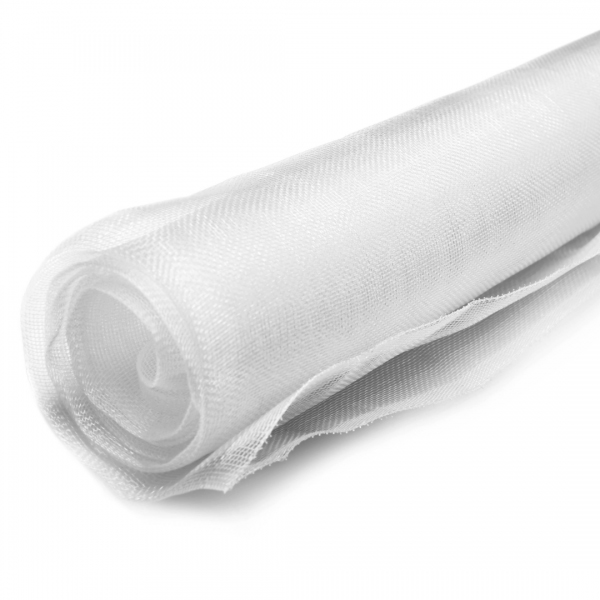
Explore Agrishade's Net Series for Plant Protection
Agrishade supplies a broad range of plant protection nets that prevent damage from animals like deer, birds, and insects. These nets are durable, customizable, and ideal for various agricultural applications. We provide cost-effective, high-quality products with worldwide shipping, tailored for retailers, importers, and distributors.
Featuring adjustable mesh densities and shade levels from 30% to 95%, Agrishade’s nets adapt to different climates and field conditions. Our products meet international quality standards, ensuring reliable performance and value.
Recognized by global industry professionals, Agrishade delivers high quality protection netting solutions designed for large and commercial farming needs.
Why Choose Agrishade For Plant Protection Nets?
Agrishade is your trusted manufacturer and supplier providing netting to protect plants for distributors, and commercial growers across 30+ countries. Our plant protection nets offer effective solutions for crop protection, livestock safety, and agricultural efficiency. With OEM branding, competitive bulk pricing, and global logistics expertise, we ensure reliable supply chain for wholesale buyers worldwide.
- Certified Quality – Support third-party test and inspection.
- Factory-Direct Pricing – Competitive rates with bulk discounts.
- Customization – Various knitting types, sizes, and colors to suit your needs.
- Fast Global Shipping – Quick turnaround and worldwide delivery.
- 24/7 Support & Flexible MOQs – Service and support for businesses of all sizes.
Partner with us for reliable, high-quality plant protection nets tailored to your agricultural and commercial needs.
Applications of Plant Protection Nets
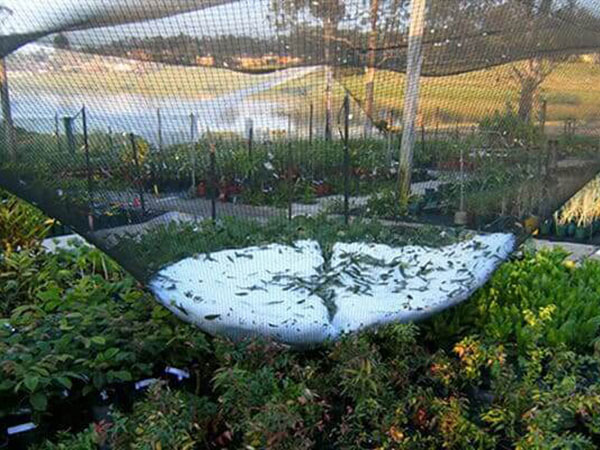
Protects crops from hail damage, ideal for orchards, vineyards, and field crops.

Prevents bird damage to crops and livestock, suitable for farms and poultry.
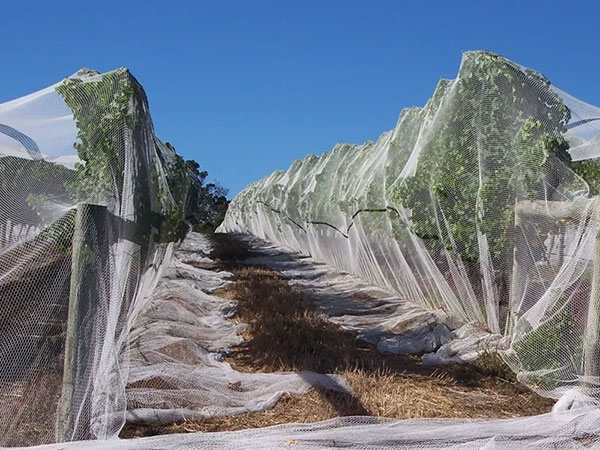
Keeps pests away, boosting crop growth. Perfect for greenhouses and farms.
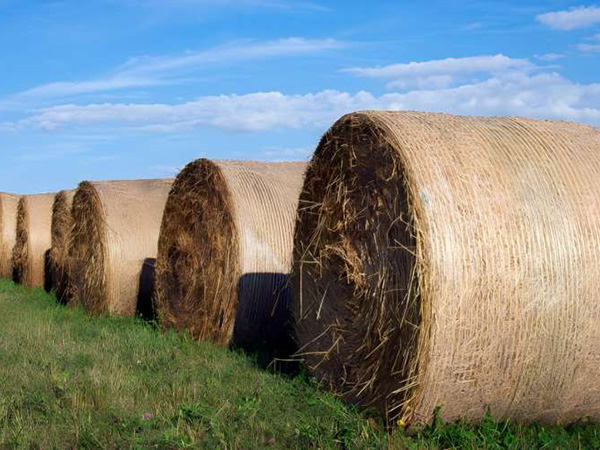
Secures hay bales, preventing contamination. Ideal for hay production and storage.
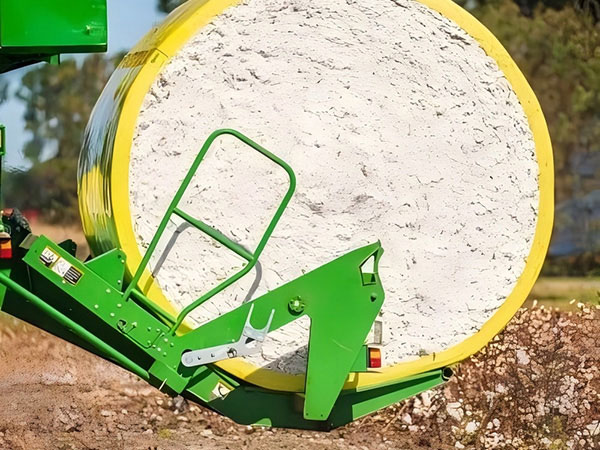
Shields cotton from dirt and moisture during transport and storage.
More Information
Benefits of Using Protective Netting For Plants
-
Pest and Bird Control
Protective nets create a physical barrier that keeps harmful insects, birds, and animals away from plants, reducing crop loss without relying on chemicals. -
Weather Protection
Nets shield plants from damaging elements such as hail, strong winds, and excessive sunlight, helping maintain optimal growing conditions. -
Shade and Temperature Regulation
Adjustable mesh densities allow control over sunlight exposure, preventing heat stress and improving plant growth in hot climates. -
Reduced Chemical Use
By minimizing pest damage naturally, netting decreases the need for pesticides, supporting eco-friendly and sustainable farming methods. -
Improved Water Retention
Netting reduces evaporation by shading soil, helping retain moisture and reducing irrigation frequency. -
Enhanced Crop Yield and Quality
Protection from pests and weather stress leads to healthier plants and higher-quality produce. -
Cost-Effective Investment
Durable and reusable netting protects valuable crops, saving money over time by reducing losses and chemical costs.
FAQs
Q1. What are protection nets made of?
A: Protection nets are typically made from UV-resistant, anti-aging HDPE (High-Density Polyethylene) materials, designed to withstand outdoor elements and provide long-lasting durability.
Q2. How do anti-hail nets protect crops?
A: Anti-hail nets protect crops by preventing hailstones from directly hitting the plants, reducing damage and ensuring the health and yield of crops, especially in vulnerable areas like fruit orchards and vineyards.
Q3. Can protection nets be customized?
A: Yes, protection nets can be customized in various sizes, colors, knitting types, and densities to meet specific agricultural or commercial needs.
Q4. Are your protection nets suitable for livestock?
A: Yes, anti-bird nets help protect livestock from birds, while providing shade and shelter, especially for poultry farms and other animal enclosures.
Q5. How do I install protection nets?
A: Installation typically involves draping the nets over crops, greenhouses, or structures, securing them with clips or ties. Detailed instructions and support are often provided with the product.
Q6. Can protection nets be used for outdoor shading?
A: Yes, protection nets can be used for shading outdoor areas like parks, sports fields, and resorts, providing a comfortable environment by blocking excessive sunlight.
Q7. What are the different types of plant protection?
There are four main types of plant protection:
- Physical protection – like nets, fences, or row covers that block pests or weather.
- Chemical protection – such as pesticides or fungicides used to kill or repel harmful insects and diseases.
- Biological protection – using natural enemies like ladybugs or nematodes to control pests.
- Cultural methods – like crop rotation, soil improvement, or planting at the right time to reduce pest problems.
Each method works best in different situations, and many growers combine them for better results.
Q8. How to secure netting around plants?
To secure netting around plants, start by measuring the area you want to cover. Cut the net slightly larger than the space. Use garden stakes, bamboo poles, or PVC frames to create support. Drape the netting over the frame, making sure it doesn’t touch the plants. Then, fix the edges to the ground using clips, garden pins, or stones. Tighten the net to avoid sagging, which can trap birds or insects. Always check that the net is secure, especially after strong wind or rain.
Q9. Why put netting over plants?
Netting protects plants from birds, insects, and animals that feed on leaves, fruits, or seeds. It also helps guard against wind damage and hail in bad weather. Unlike sprays, netting is safe for people, pets, and the environment. It allows sunlight, rain, and air to reach the plants, so growth is not blocked. Gardeners and farmers often use netting to improve harvest quality and reduce crop loss, especially in fruit and vegetable production.
Q10. Which is the best method of plant protection?
The best method depends on the type of plant, the local climate, and the kind of threat. For many growers, combining methods gives the best results. For example, using netting to block pests, improving soil health, and planting pest-resistant crops all work well together. In general, physical protection like netting is a good first step. It is safe, reusable, and easy to apply. When used with good gardening practices, it helps reduce the need for chemicals and keeps plants healthy.
